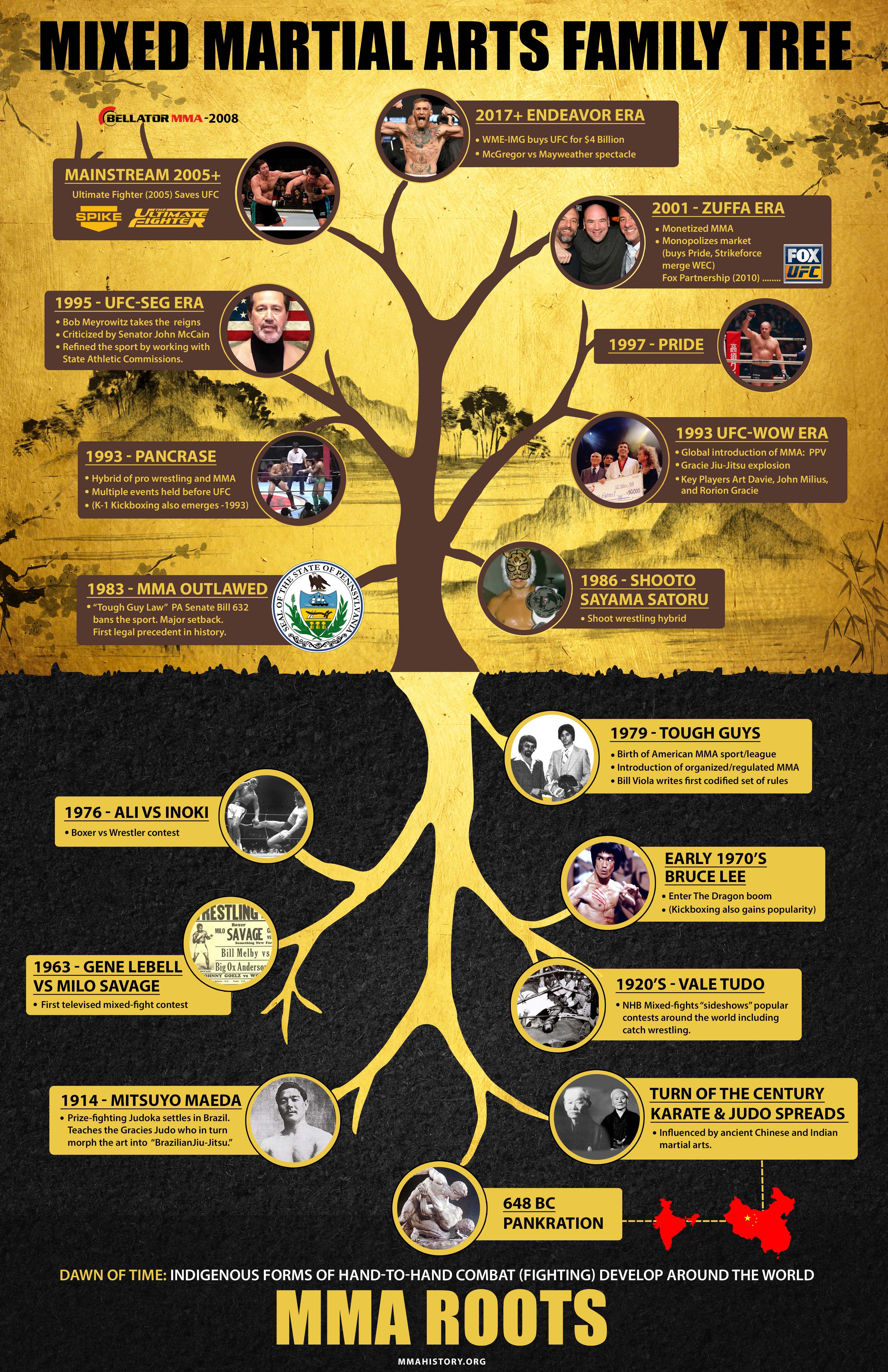Exploring The Rich Heritage And Spiritual Dimensions Of Martial Arts
Exploring The Rich Heritage And Spiritual Dimensions Of Martial Arts
Blog Article
Material Develop By-Ingram Mcintyre
Enter the old world where martial arts were born out of necessity in diverse areas. Cultures crafted distinct fighting styles linked with historical contexts. Strategies developed over centuries through devoted method and social exchanges. Today, modern-day martial arts mix typical elements for maximum performance. Philosophically, martial arts highlight technique, self-improvement, and consistency. Respect, humility, and equilibrium are fundamental concepts directing experts towards development and resilience. Check out the midsts of this abundant history and viewpoint to uncover the profound impacts forming this enduring self-control.
Beginnings of Martial Arts
Martial arts came from various areas around the world, developing as sensible combat systems to prevent risks. what type of martial arts is best for kids battling styles were established out of need, with each society crafting strategies fit to their special settings and challenges. From the grappling arts of Jujutsu in Japan to the striking strategies of Martial art in China, martial arts were deeply linked with the historic, social, and social material of their respective societies.
In Japan, the samurai course polished martial arts like Kenjutsu, the art of the sword, which later progressed right into the more popularized form of Kendo. On please click the following webpage , in Brazil, Capoeira became a blend of dance and battle, developed by enslaved Africans as a method to withstand injustice. Each martial art carries with it an abundant history and ideology, reflecting the values and ideas of individuals who practiced them.
As you look into the origins of martial arts, you discover a tapestry of human ingenuity, durability, and the unrelenting spirit of warriors throughout time.
Advancement of Strategies
Through centuries of practice and refinement, fight methods within various martial arts have actually undertaken a profound development. From old styles like Martial art and Martial arts to more modern self-controls such as Brazilian Jiu-Jitsu and Krav Maga, the evolution of methods has been driven by a mix of cultural impacts, functional applications, and technical advancements.
One significant facet of this evolution is the cross-pollination of strategies between various martial arts. For instance, strategies from standard Japanese Jiu-Jitsu were included right into the production of Judo by Jigoro Kano in the late 19th century. This mixing of styles has actually caused the advancement of hybrid martial arts like Mixed Martial Arts (MMA), which incorporate aspects of striking, grappling, and entry techniques.
Additionally, the evolution of methods has been formed by the increasing focus on efficiency and performance in battle. kajukenbo self defense have continually sought to improve their techniques through strenuous training, trial and error, and competitors, causing the advancement of extremely specialized and efficient battling styles. On the whole, the development of methods in martial arts mirrors the dynamic nature of fight and the continuous mission for enhancement and technology.
Thoughtful Structures
Discovering the underlying philosophical principles of martial arts provides insight into their core worths and directing ideas. At the heart of several martial arts self-controls is the principle of self-control itself. By educating your body and mind to serve as one natural system, you grow discipline that extends past the dojo or fitness center into day-to-day life. This technique includes regard, humility, and self-constraint, forming not just your physical capacities but likewise your personality.
Another fundamental philosophical structure in martial arts is the concept of continual self-improvement. The journey of grasping a martial art is endless, with experts constantly aiming to much better themselves, both physically and mentally. This focus on development fosters resilience, determination, and a growth state of mind that can be put on all aspects of life.
In addition, martial arts emphasize the relevance of harmony and equilibrium. Techniques are developed to utilize an opponent's energy versus them, highlighting the principle of generating and rerouting force as opposed to fulfilling it head-on. This ideology reaches social partnerships, promoting tranquil resolutions and good understanding. By accepting these philosophical foundations, martial musicians not only enhance their combat abilities but additionally grow a way of living fixated individual growth, regard, and harmony.
Verdict
To conclude, the background and approach of martial arts offer a rich tapestry of practice, discipline, and self-improvement.
Consider instance the story of Bruce Lee, that changed martial arts by blending different designs and viewpoints to produce his own special type of Jeet Kune Do.
Via dedication and innovation, martial artists continue to push borders and inspire others to reach their complete capacity both in fight and in life.
